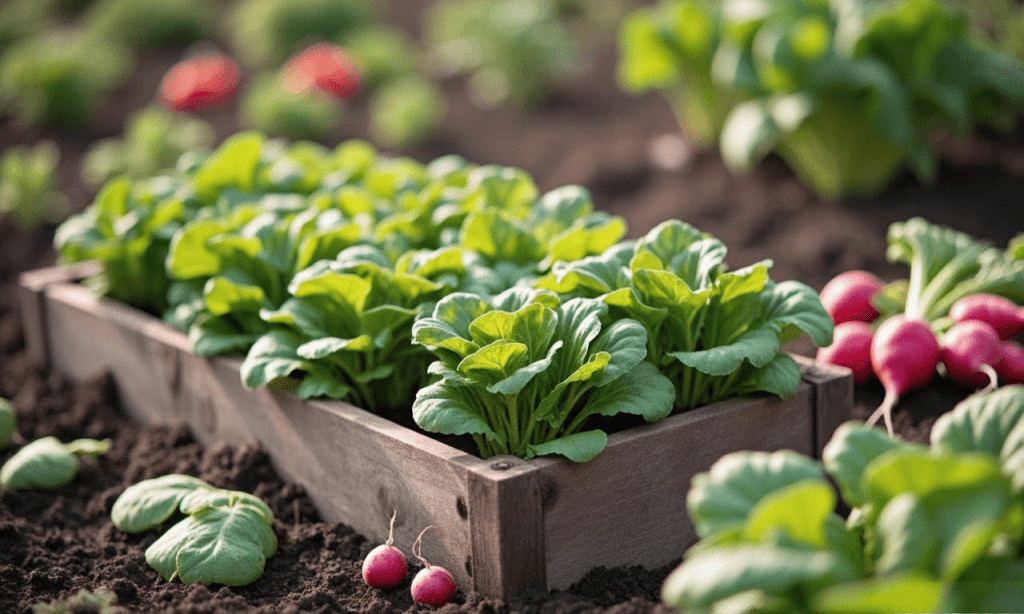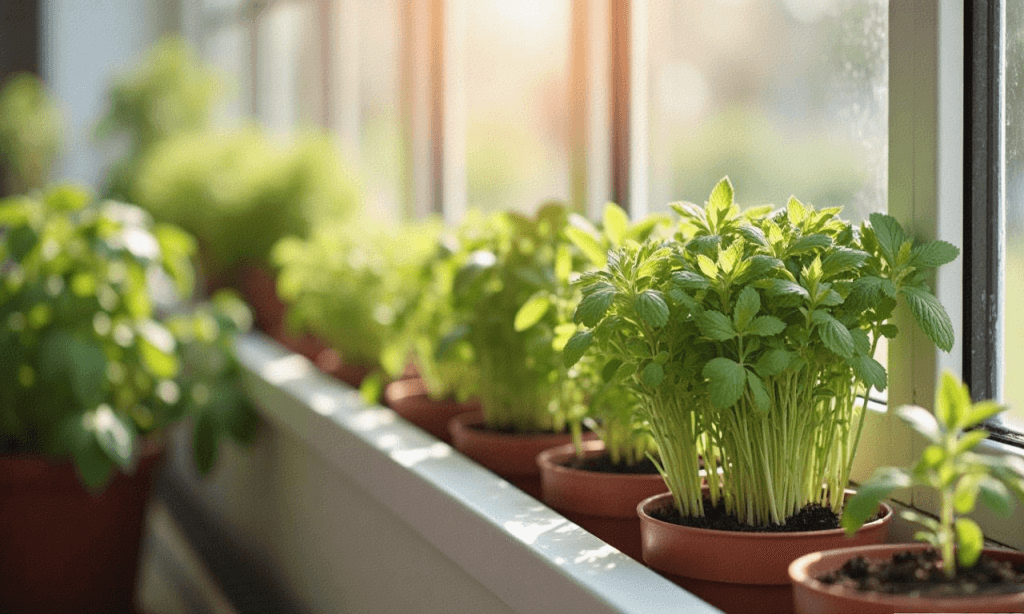Snowbird Gardening: How to Protect Plants During Winter in Canada
Winter in Canada can be harsh, with freezing temperatures, heavy snowfall, and biting winds that threaten even the hardiest plants. For gardeners, protecting delicate perennials, shrubs, and overwintering vegetables is crucial to ensure a thriving garden come spring. Whether you're a seasoned gardener or a beginner, understanding frost protection techniques and proper winter garden prep can make all the difference.
According to a 2023 study by the University of Guelph published in Horticulture Research, Canadian gardens in USDA Hardiness Zones 3-5 experience soil temperatures as low as -40°C, which can damage root systems and kill unprotected plants. Data from the USDA Hardiness Zone Map indicates that regions like Alberta and Saskatchewan require more aggressive winterizing strategies compared to milder coastal areas like British Columbia.
In this guide, we’ll explore practical methods to safeguard your garden, from mulching and burlap wraps to selecting cold-resistant plant varieties.
Understanding Frost Protection Techniques
1. Mulching for Insulation
Mulch acts as a natural insulator, protecting plant roots from extreme temperature fluctuations. Organic materials like straw, shredded leaves, or wood chips are ideal.
- Case Study: A gardener in Ontario reported a 70% survival rate for her lavender plants after applying a 6-inch layer of straw mulch, compared to only 30% survival without protection.
- Expert Tip: Avoid piling mulch directly against stems to prevent rot. Instead, create a donut-shaped ring around the base.
2. Burlap Wrapping for Shrubs & Trees
Delicate shrubs like hydrangeas and young fruit trees benefit from burlap wraps, which shield them from windburn and frost damage.
- Regional Difference: In Quebec, where winds are stronger, double-layered burlap is recommended, while Vancouver gardeners may only need a single layer.
- Personal Recommendation: Use breathable fabric instead of plastic, which can trap moisture and cause fungal issues.
3. Cold Frames & Row Covers
For vegetable gardens, cold frames and floating row covers extend the growing season by trapping heat.
- Research Insight: A 2022 study in the Journal of Agricultural Science found that row covers can raise soil temperatures by 2-5°C, allowing spinach and kale to survive winter in Zone 4.
Overwintering Plants Indoors
Not all plants can brave the Canadian winter outdoors. Tender perennials like geraniums and tropical species should be moved indoors.
Steps for Successful Overwintering:
- Prune & Inspect: Remove dead foliage and check for pests.
- Choose the Right Spot: A cool (5-10°C), dark basement or garage works best for dormant plants.
- Water Sparingly: Overwatering dormant plants leads to root rot.
- Case Study: A Manitoba gardener successfully overwintered her rosemary by placing it near a south-facing window with minimal watering.
Canadian Garden Prep: Fall Checklist
Preparing your garden in autumn ensures a smoother transition into winter.
Key Tasks:
✔ Clean Up Debris – Remove fallen leaves to prevent mold and pests.
✔ Amend Soil – Add compost to replenish nutrients.
✔ Drain Irrigation Systems – Prevent pipe bursts from freezing.
- Regional Note: Alberta’s early frosts mean prep should start by late September, while Nova Scotia gardeners have until mid-October.
Selecting Winter-Hardy Plants
Choosing the right plants reduces the need for extensive protection.
Top Cold-Resistant Picks:
❄ Perennials: Siberian iris, sedum, hostas
❄ Shrubs: Juniper, boxwood, potentilla
❄ Vegetables: Brussels sprouts, leeks, winter lettuce
- Research-Backed Choice: According to the RHS (Royal Horticultural Society), Siberian iris can withstand -35°C, making it ideal for Prairie provinces.
Final Thoughts & Disclaimer
Winter gardening in Canada requires planning, but with the right techniques, your plants can survive and thrive. Experiment with different methods to find what works best for your microclimate.
Disclaimer: The information provided is for general guidance. Always consider local climate conditions and consult extension services for tailored advice. This article may contain affiliate links, which help support our gardening content.
By implementing these strategies, you’ll be well-equipped to protect your garden from Canada’s toughest winters. Happy gardening! 🌱❄️
Andrew
|
2025.04.23






